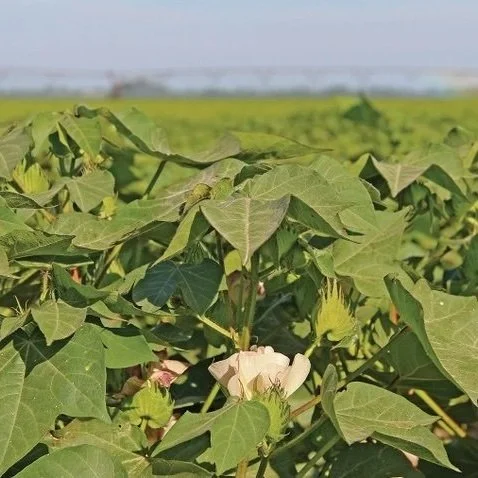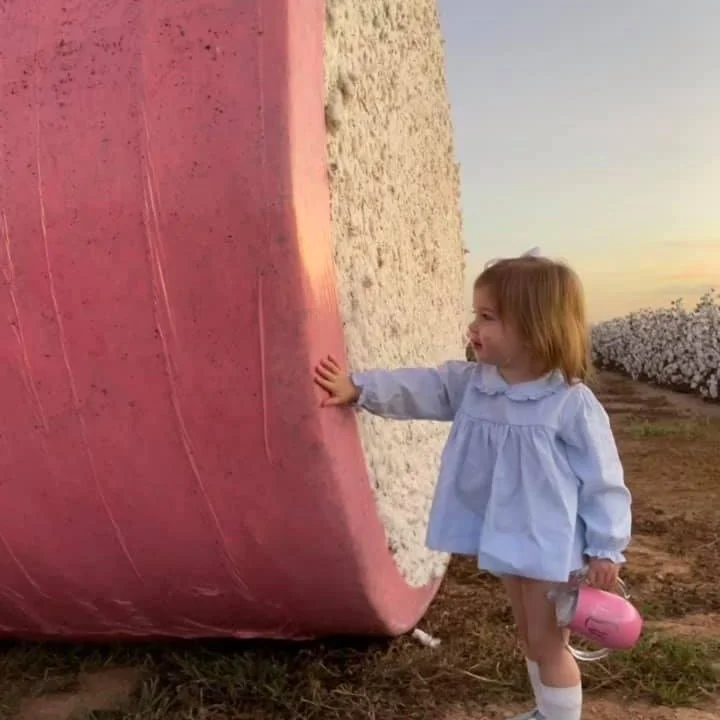Faced with the potential of a dicamba-free growing season, farmers across the country reevaluated their dependence on a long-time, highly effective herbicide tool. No class of farmers was more wary than cotton growers, whose yield relies on more intensive management with fewer effective herbicide options than any other dicamba-friendly crop.
Read MoreMy best cotton friend in Lubbock says the market is going higher while my best buddy in Memphis says it’s going lower. Of course, I agree with my friends.
Read MoreIn mid-December, the ICE May’24 climbed from 80 cents, peaking over 96 cents in February before settling back at its current level in the lower 90s. Similarly, the July’23 contract peaked over a dollar before retreating back to the lower 90s.
Is the old crop rally in cotton futures over? Maybe. Maybe not. Does it matter much to growers? Well, that depends.
Read MoreAccording to Dow Jones' survey of market analysts, USDA is expected to announce 92.0 million acres of corn plantings in 2024, down from 94.6 million acres in 2023. For soybeans, 86.3 million acres are expected to be planted in 2024, up from 83.6 million acres in 2023.
Read MoreThe U.S. Cotton Trust Protocol is introducing an expanded field-level team dedicated to providing regional support for U.S. cotton growers participating in the voluntary sustainability initiative. This includes aiding producers with finalizing Trust Protocol enrollment and data entry as well as applications for the Climate Smart Cotton Program by the April 30 midnight deadline.
Read MoreThe ever-evolving framework of ag technology provides near-limitless resources for farmers looking to improve their efficiency and production down to a finite level – that is, if they can figure out how to work the darn stuff. And, even for students of the land educated beyond the school of hard knocks a father or father figure could provide, the pool of resources is just deep and dark enough to sink rather than swim.
Self-proclaimed “tech nerd” and Louisiana farmer Mead Hardwick of Hardwick Planting Co. has integrated a series of up-and-coming technologies on-farm over the years, starting with a family foundation.
Read MoreWith lower commodity prices and high input costs, growers will face difficult economic decisions in 2024.
Current cotton-to-corn and cotton-to-soybean price ratios are more favorable this year, but these prices may not be high enough to cover all production expenses. Given the financial pressures across the industry, the importance of a strong safety net cannot be overstated.
Read MoreThe WASDE’s March outlook for 2023/24 U.S. corn remains relative to last month. The season-average corn price for producers has been lowered to $4.75 per bushel based on observed prices to date.
The outlook for U.S. soybean supply and use for 2023/24 also remains unchanged for March. While soybean crush is unchanged, the soybean meal extraction rate has been bumped up slightly, and soybean meal exports are mostly higher due to lower domestic use. The U.S. season-average soybean price forecast stays unchanged at $12.65 per bushel.
Read MoreThe old crop May and July futures contracts will continue to have bullish activity at least through early June. The market will come under pressure if speculators instigate short covering selloffs, but the low 90s should prevent any activity below 90-91 cents – at least through the expiration of the May contract and into early June for the July contract. The only other bearish activity facing old crop will continue to be weak fundamental demand.
Read MoreSince it was launched in 1970 in response to increased market dominance from polyester and other synthetic fibers that threatened to put U.S. cotton out of business, Cotton Incorporated has told the story of U.S. cotton to brands, retailers and consumers. As a natural fiber, cotton is the natural choice.
Read MoreWhen thinking about cotton products, it makes sense that the first thoughts turn toward apparel — the denim jeans, the dress shirts, the tees, etc. – especially if you’re in the fashion industry. But interesting innovations are giving new uses to this traditional fiber, both as new products and an end-of-life usage. Bonus: These initiatives are great for apparel makers looking to improve the sustainability aspect of both their brand and their offerings.
Read MoreMississippi appears headed for its second-best cotton yield ever, and still has a chance to set a record.
In neighboring Louisiana, the harvest also is looking good.
Read MoreIf you can tell the character of a person by the company they keep, then the 2024 High Cotton Award winner from the Delta region, Louisiana farmer Edward Greer, is in good standing.
Read MoreJoe Nicosia, a Cordova, Tenn., merchant, was elected National Cotton Council (NCC) chairman for 2024 during the organization’s annual meeting in Orlando, Florida.
Patrick Johnson, a producer from Tunica, Mississippi, will serve as vice chairman for 2024.
Read MoreManufacturers are under pressure to improve sustainability and reduce textile waste, which is a problem globally.
The goal of sustainability in cotton is moving beyond the field to the entire supply chain. The focus is shifting to put more focus on the manufacturing process and chemistry.
Read More













